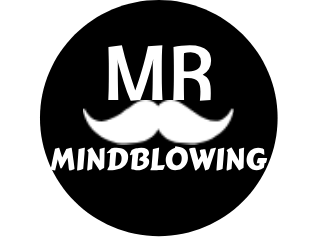For as long as I can remember, I had a constant ache in my lower back and shoulders. I chalked it up to bad luck, long hours at a desk, or maybe even genetics. Like most people, I learned to live with it — until I couldn’t anymore.
The real wake-up call came during a casual yoga class when I realized I couldn’t hold even the most basic poses without discomfort. My instructor said something that stuck with me: “You’re not weak — you’re out of alignment.” That moment changed the way I thought about pain.
The Hidden Culprit: Poor Posture
I’d heard about posture being “important,” but I didn’t understand how much it influenced everything — from pain and tension to fatigue and even my mood. I used to think good posture meant “sit up straight,” but it’s so much more complex than that. It’s about how your body holds itself while standing, sitting, moving — and even while sleeping.
After a proper assessment, I discovered that years of slouching, sitting with crossed legs, and working hunched over a laptop had created muscular imbalances that were pulling my entire structure out of whack. My shoulders were rotated forward, my hips were uneven, and my neck was constantly strained.
Pain Relief Through Awareness and Therapy
Instead of reaching for painkillers or pushing through workouts like I used to, I started focusing on targeted therapy — massage, breathwork, and slow corrective exercises that helped reset my body from the inside out.
What surprised me most was that pain relief didn’t come from intensity. It came from consistency. Gentle, focused massage work released deep tension I didn’t even know I was holding. Strengthening small stabilizer muscles helped me stand taller without trying. For the first time in years, I wasn’t constantly shifting in my chair or avoiding long walks because of soreness.
Beyond the Physical
Fixing my posture didn’t just relieve my pain — it gave me a sense of control over my body. It taught me to move more mindfully, breathe more deeply, and even sleep better. My workouts became more effective, my recovery time shortened, and I felt stronger and more balanced.
It also changed how I showed up in daily life. I walked into rooms feeling more confident. I had more energy at the end of the day. And I stopped seeing my body as “broken” and started seeing it as adaptable.
What I’d Tell Anyone in Pain
If you’re dealing with chronic aches or stiffness and feel like nothing works, consider this: the issue might not be where you feel the pain, but how your body is aligned overall. Don’t wait for it to get worse. You don’t need to live with daily discomfort or rely on temporary fixes.
Sometimes, the first step toward healing is simply learning how to hold yourself — and letting the right hands help you get there.
